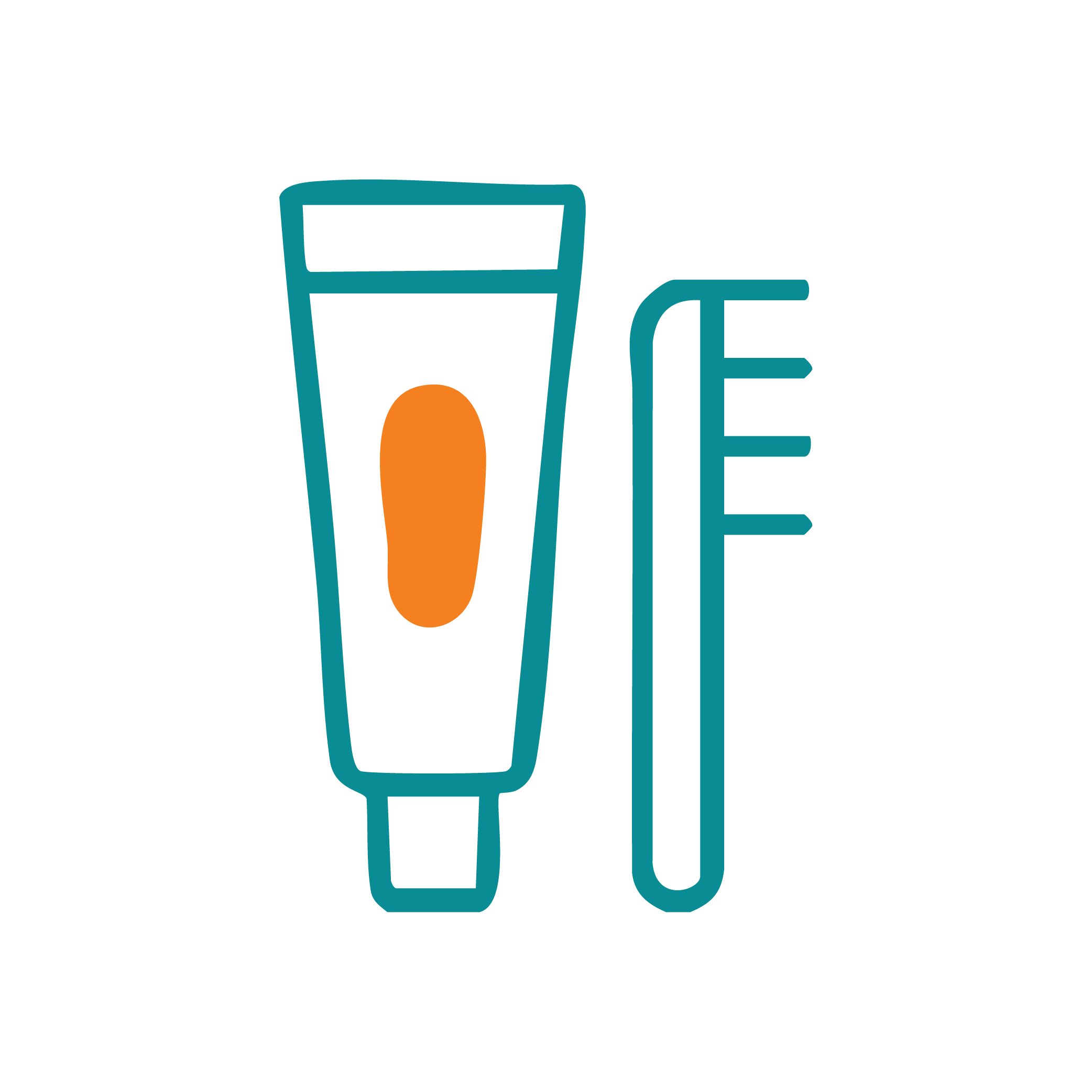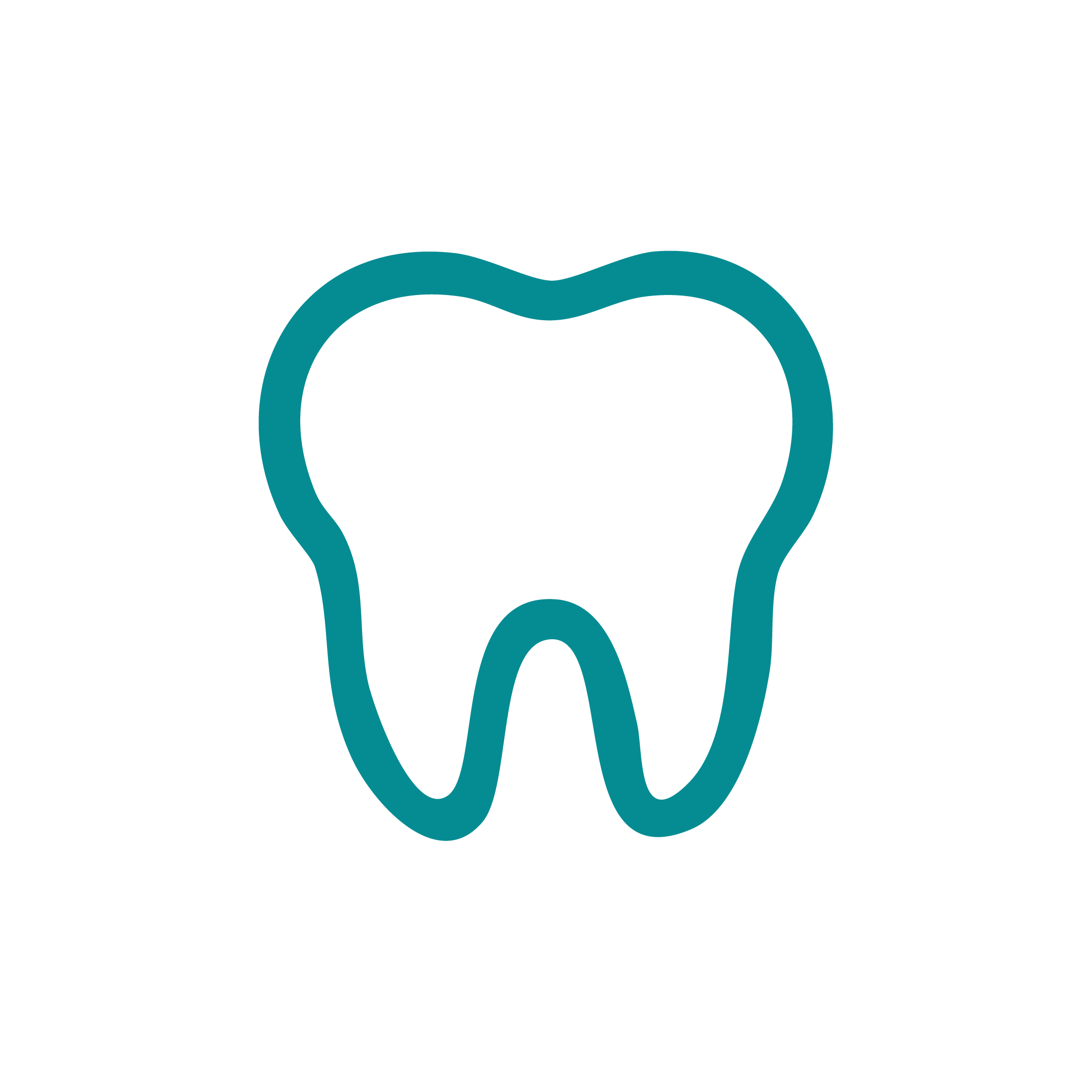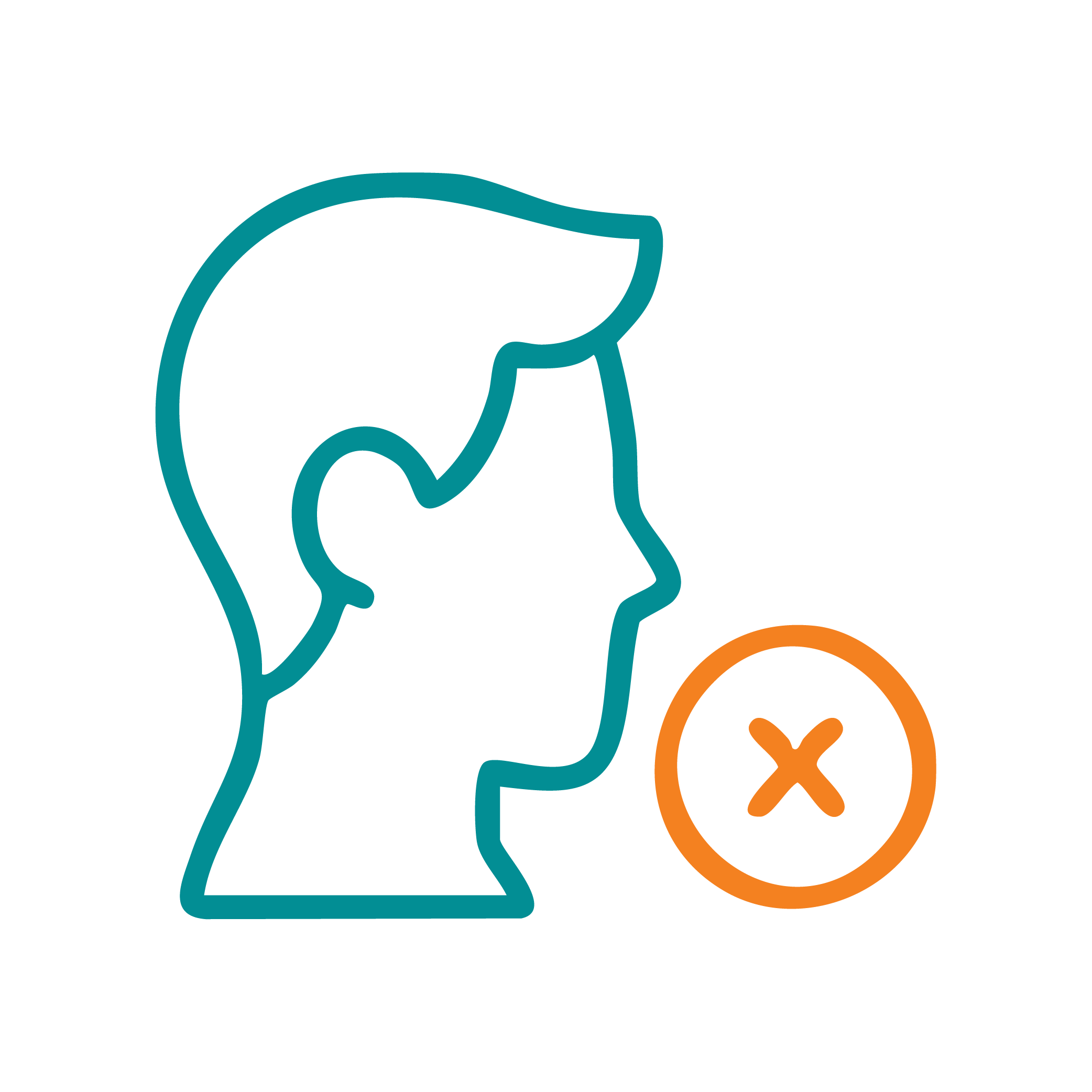
Underbite Treatment In Los Angeles, CA
At Textbook Orthodontics, we treat underbites—also known as prognathism—as a serious dental concern. An underbite occurs when the lower teeth extend past the upper front teeth when the mouth is closed. This misalignment can stem from issues with the jaw structure (skeletal underbite) or with the teeth themselves (dental underbite).
Addressing an underbite is important, as it can interfere with everyday functions like speaking clearly, biting, and chewing. It may also impact the overall appearance of the face, often affecting self-esteem. Left untreated, underbites can contribute to chronic jaw discomfort, headaches, and complications with the temporomandibular joint (TMJ). That’s why early diagnosis and customized treatment are key to ensuring long-term oral health and confidence.
Genetic Factors Behind Underbites
At Textbook Orthodontics, we understand that the development of an underbite—where the lower jaw extends beyond the upper jaw—is often influenced by genetics. Studies show that underbites, medically referred to as prognathism, can be inherited through family lines, often following an autosomal dominant pattern. This means that just one copy of the gene from a parent can be enough to pass on the trait.
While genetics play a major role, they’re not the only factor. Environmental influences and certain medical conditions, such as gigantism or acromegaly, can also contribute to the development of an underbite. In most cases, it’s a combination of inherited traits and external factors that lead to the condition. Understanding both sides of this equation is essential when planning effective, personalized treatment.
How Environmental Factors Contribute to Underbites
While genetics are a key contributor, environmental factors also play an important role in the development of an underbite—where the lower jaw extends beyond the upper jaw. Certain early childhood habits, such as extended pacifier use, thumb sucking, or a consistently low tongue posture, can place pressure on the growing jaw and teeth. Over time, these behaviors may influence jaw alignment and contribute to the formation of an underbite. Identifying and addressing these habits early can be crucial in preventing long-term dental issues.
Mouth Breathing and Its Impact on Underbite Development
Mouth breathing, often linked to respiratory issues like allergies or nasal obstructions, has been shown to influence the development of an underbite. This connection is largely due to changes in oral posture. Unlike nasal breathing, mouth breathing causes the tongue to rest lower in the mouth rather than against the roof, where it normally supports proper jaw development.
Over time, this lower tongue posture and the associated pressure on the lower teeth can encourage forward growth of the lower jaw and teeth, contributing to the development of an underbite. Additionally, the consistent forward and downward tongue pressure may further disrupt normal alignment. As a result, chronic mouth breathing can be a significant environmental factor in both the formation and progression of underbites.
Types and Severity of Underbites
Underbites are commonly classified into three main categories—Class I, II, and III—based on the alignment of the teeth and jaws:
Class I Underbite: The mildest form, where the lower teeth slightly overlap the upper teeth.
Class II Underbite: Shows a more noticeable projection of the lower teeth beyond the upper teeth.
Class III Underbite (Prognathism): The most severe form, characterized by a significantly forward-positioned lower jaw.
In terms of severity, underbites are generally described as mild, moderate, or severe:
A mild underbite involves minimal misalignment and may not be immediately noticeable.
A moderate underbite has more visible misalignment, potentially affecting bite function and appearance.
A severe underbite features substantial jaw displacement, often leading to facial imbalance or deformation.
When the temporomandibular joint (TMJ) is affected, it can lead to additional complications such as jaw pain, clicking sounds, difficulty chewing, and chronic discomfort—emphasizing the importance of early intervention.
Complications and Effects of an Underbite
An underbite—where the lower jaw extends forward beyond the upper jaw—can lead to a variety of physical and functional challenges. One of the most noticeable effects is on facial aesthetics, often resulting in a prominent chin and altered facial symmetry, which can impact self-confidence. Beyond appearance, underbites often cause dental health issues, including uneven tooth wear, enamel erosion, and a higher risk of cavities and gum disease due to difficulties in properly cleaning misaligned teeth.
Speech difficulties are also common, as misalignment can interfere with the correct positioning of the tongue, affecting pronunciation. In addition, chewing problems may impair proper digestion by making it harder to break down food efficiently. In more severe cases, underbites can even contribute to sleep disorders like obstructive sleep apnea, due to the misaligned jaw potentially narrowing the airway during rest.
Risk of developing
sleep apnea
TMJ dysfunction and
related discomfort
Altered facial profile
Problems with chewing
and digestion
Challenges with effective
oral hygiene
Higher likelihood
of tooth wear
Speech difficulties
Underbite Treatment Options
at Textbook Orthodontics
At Textbook Orthodontics, we provide a variety of customized treatment options designed to meet the unique needs of each patient and deliver effective, lasting results.
Non-Surgical Underbite Treatment Options
At Textbook Orthodontics in Los Angeles, we offer several effective non-surgical solutions for correcting underbites. One of the most common methods is traditional braces, which use brackets and wires to gradually guide the teeth into proper alignment. Another discreet and convenient option is clear aligners—custom-made, removable trays that apply gentle pressure to shift teeth over time.
For growing patients, palatal expanders may be recommended to widen the upper jaw and improve bite alignment early on. In some cases, behavioral modifications may also play a role—particularly if habits such as thumb sucking have contributed to jaw misalignment. Addressing these behaviors early can help support the success of orthodontic treatment.
Surgical Options
for Underbite Correction
At Textbook Orthodontics, surgical intervention is considered when non-surgical treatments are not sufficient to correct a moderate to severe underbite—where the lower jaw extends significantly beyond the upper jaw. These procedures, known as orthognathic surgery, are designed to realign the jaws for both functional improvement and enhanced facial balance.
Depending on the individual case, surgery may involve repositioning the upper jaw, lower jaw, or both to create a more natural and balanced bite. While effective, surgical correction is typically recommended only after growth is complete and other orthodontic methods have been explored.
Because these procedures involve complexity and potential risks, a thorough evaluation with an experienced oral and maxillofacial surgeon is essential to determine the best course of action and ensure safe, successful outcomes.
FAQs
-
Overbites and underbites are most commonly influenced by genetic factors, as the size and shape of the jaw are often inherited traits. When the jaw develops unevenly or teeth erupt in misaligned positions, these bite issues can occur.
However, environmental and behavioral factors during early childhood can also play a role. Habits such as thumb sucking, prolonged pacifier or bottle use, or mouth breathing due to enlarged adenoids or tonsils may contribute to jaw misalignment. Other contributing factors include premature loss of baby teeth, poor nutrition, facial trauma, and certain medical conditions like cleft palate or tumors affecting jaw growth. A comprehensive evaluation by an orthodontist is essential for identifying the root cause and determining the most effective treatment plan.
-
Yes, braces are a proven and effective treatment for correcting underbites. They work by applying consistent, gentle pressure to shift teeth into their proper positions, gradually improving bite alignment over time. For many patients, braces alone can help align the upper and lower jaws and correct the underbite.
In more complex cases, additional appliances like palatal expanders or reverse-pull face masks may be recommended, particularly for younger patients whose jaws are still developing. For adults or those with severe underbites, orthognathic (jaw) surgery might be necessary in combination with braces to achieve optimal results.
-
Absolutely. Braces can be highly effective in treating underbites in adults, though the approach may differ from that used for children or teens. Adult underbite treatment often focuses on realigning the teeth and improving jaw function, which can enhance both appearance and oral health.
While braces alone may be sufficient for mild to moderate cases, severe underbites in adults may require a combination of orthodontic treatment and jaw surgery to reposition the bones. Consulting with a skilled orthodontist is the first step toward determining the best treatment strategy for lasting, functional results.
3 Ways to Schedule your Free Consultation
and start Braces for as low as $87/Month or Invisalign for $127/Month!
Schedule Online
With our online scheduling tool you can book your appointment right now on our website. We'll follow up after you've scheduled to confirm.
Request a Call-back
Complete the form to the right and a scheduling coordinator will call you as soon as possible to schedule your appointment.
Call/Text: (818) 510-3440
If you'd like to contact the office directly call/text us anytime. If you call outside of working hours leave a message and we will return your call.










